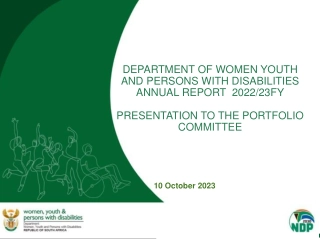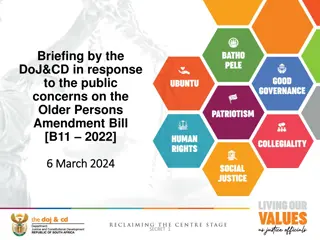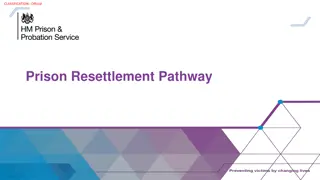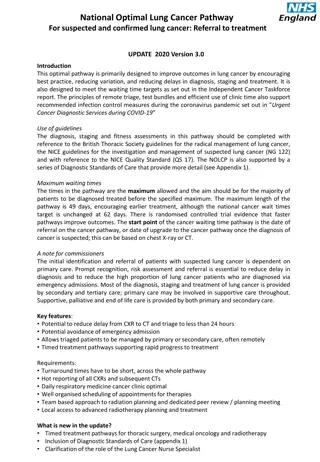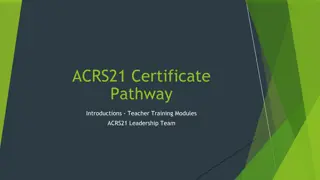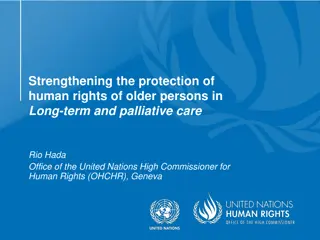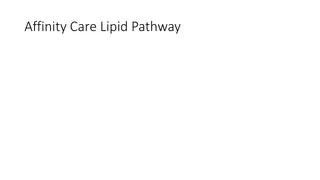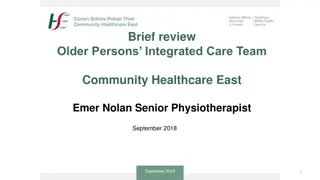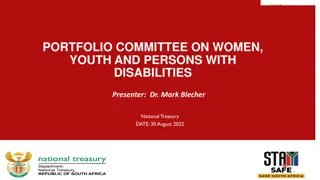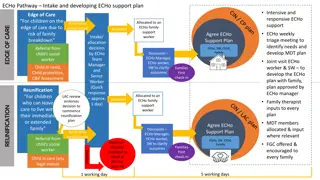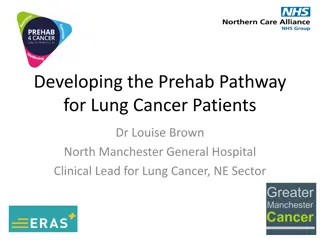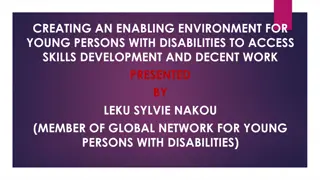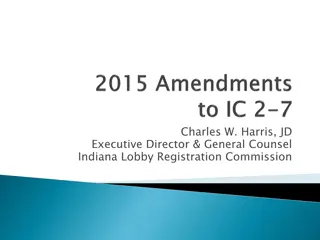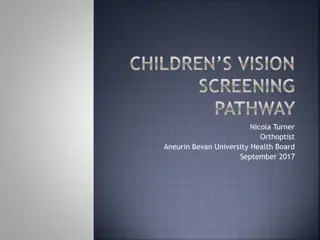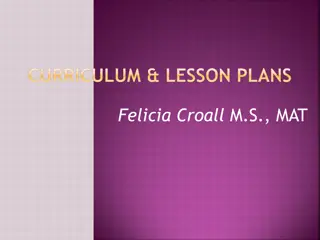Creating Effective Pathway Plans for Young Persons
Ensure successful transition into adulthood by engaging young persons in creating their Pathway Plans. Empower them to take ownership, express their thoughts, and set achievable goals with specific tasks and timelines. Emphasize strengths, address concerns, and prioritize ongoing support. Regular updates and follow-ups are crucial for successful outcomes.
Download Presentation

Please find below an Image/Link to download the presentation.
The content on the website is provided AS IS for your information and personal use only. It may not be sold, licensed, or shared on other websites without obtaining consent from the author. Download presentation by click this link. If you encounter any issues during the download, it is possible that the publisher has removed the file from their server.
E N D
Presentation Transcript
Pathway Plans Top Tips
Youll find out things you never knew about your young person Print off the blank form & take it with you as a guide. It s a discussion not a questionnaire A good assessment will lead naturally into a good initial Pathway Plan The Pathway Plan (Part 2) takes over from the CLA Care Plan on or shortly after 16thbirthday. Take your time Take your time doing the doing the Pathway Plan Pathway Plan Assessment Assessment (Part 1) (Part 1) - - but start from age start from age but 15 15
Pathway Plan Part 2 Pathway Plan Part 2 The PLAN The PLAN - - By age 16 By age 16 It s the young person s plan!!!!!!!!!!! They need to feel ownership of it. They need to understand it. It isn t a report. It should NOT be written in professional language or jargon. It s a living, changing, evolving document.
Write the PWP WITH the young person It MUST BE WRITTEN IN THE FIRST PERSON: I I want to Don t write what you think the young person thinks! Write what they say! Write it in the young persons words / language. Include young person s comments in all the PWP sections can be positive or negative. MUST BE DATED! A quote without a time is pretty useless. Include and emphasise Strengths as well as What we are concerned about? PWP should be relevant to NOW! PWP is Not a Court Report! Pathway Plan Pathway Plan
Think: A) Where are we now? {Strengths & Achievements / What are we worried about?} Break issues Break issues down into down into bite bite- -sized chunks then: chunks then: B) Where do we want to get to? {Ongoing or Further Support Required} sized How do we get from A) to B)? {Tasks to be completed}
What needs to happen (be very specific) the goal / outcome? Who will need to do it (named person responsible; which can include the young person) Not just SW & PA doing everything! When should it be completed by? (note exact date) Who is going to check on progress / outcome on specific date (name them) Who will update PWP with outcome or ensure a new action plan is in place if issue is not resolved or achieved by the target date?
Final thoughts: Final thoughts: The Pathway Plan isn t a Magic Wand! It won t solve all the problems but should offer a structure for addressing them! You won t agree with everything the young person says or wants in their Pathway Plan. You can address this in the PWP with your professional view in the section summary. Pathway Plans should be updated as required NOT just 6 monthly; when things change or when a target date has passed. Update may need to be frequent and can be just one aspect of the Pathway Plan. A Pathway Plan update is NOT a total re-write. It s about bring the Pathway Plan up to date. Pathway Plan s give you a list of actions and timescales which generate positive progress or identify areas that still need attention in a structured way.
If in doubt ask Peter or Chris


